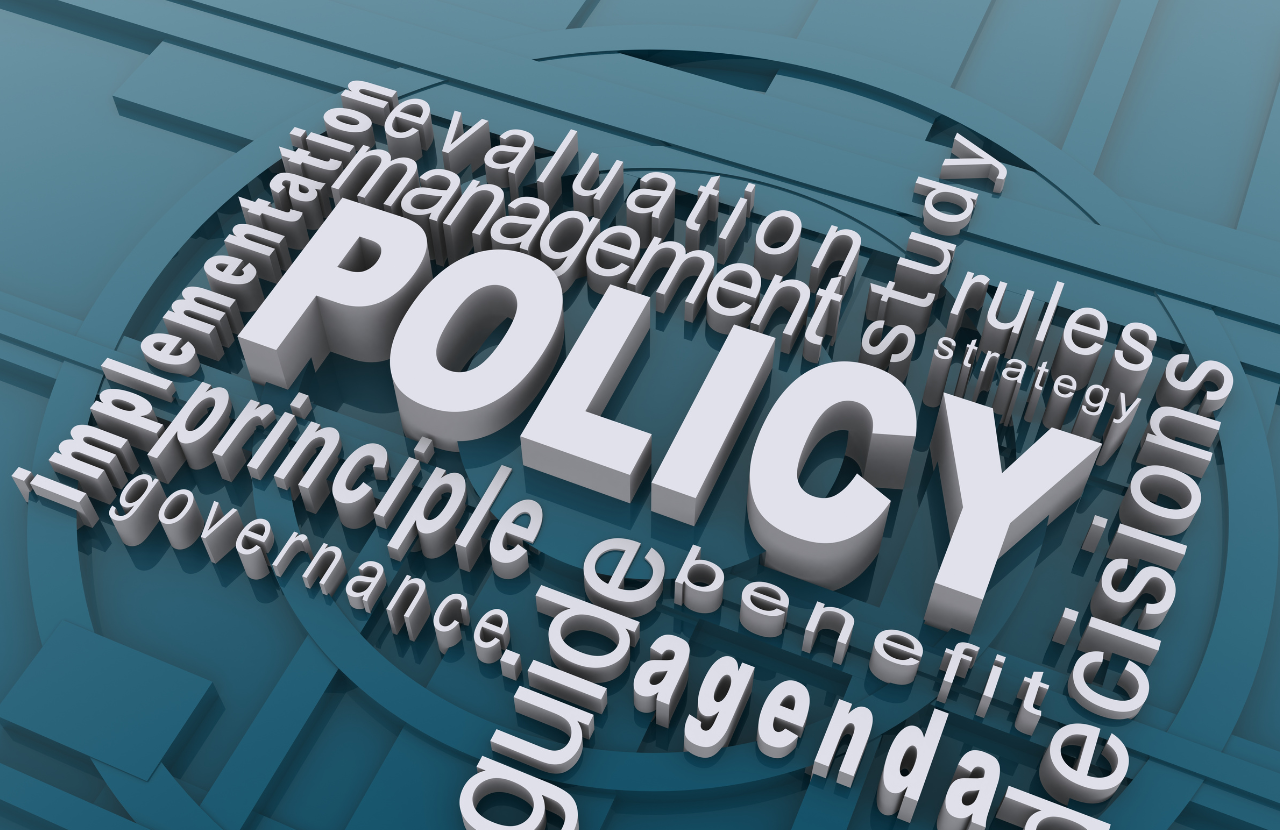
A construction health and safety policy sets out how a company manages and controls risk. Under Section 2(3) of the Health and Safety at Work etc. Act 1974, every employer must have a health and safety policy. If a business employs five or more people, that policy must be written down.
According to the Health and Safety Executive (HSE), 35 construction workers lost their lives in 2024/25 — the highest number of fatalities in any industry. A clear, well-structured policy helps reduce these risks by setting out responsibilities, expectations, and safe systems of work so hazards are managed consistently.
This guide explains what a construction health and safety policy should include and how to structure it to comply with UK law. There is also a link to a free downloadable health and safety policy for construction you can tailor to your business.
Why is a construction health and safety policy important?
A construction company health and safety policy is the framework for how a business manages health and safety in practice. Here are some key reasons why every construction company needs a clear policy:
Managing and controlling risks
A well-structured health and safety policy for construction defines how risks will be identified, assessed, and controlled on-site. It explains the procedures for managing key hazards such as working at height, moving vehicles, electrical safety, and hazardous substances.
This means high-risk activities are planned and controlled before work starts, which reduces the chance of unsafe improvisation and prevents avoidable harm.
Meeting legal obligations
When a health and safety policy is clearly documented it supports compliance with key legislation such as the Health and Safety at Work etc. Act 1974, the Management of Health and Safety at Work Regulations 1999 and the Construction (Design and Management) Regulations 2015 (CDM 2015).
Following legal requirements ensures minimum safety standards are met, which helps prevent the well-known causes of serious incidents in construction.
Defining roles and responsibilities
The policy must clearly state who is responsible for managing health and safety, from directors and site managers to supervisors and workers. Clarifying who does what avoids confusion, prevents gaps in supervision or oversight, and helps ensure hazards are spotted, escalated, and addressed quickly before they lead to incidents.
Setting safety expectations
A construction site health and safety policy sets clear expectations for everyone involved in a project. It helps clients, contractors, and subcontractors understand the standards required before work begins, ensuring consistent site rules, inductions, and risk management procedures.
Consistency reduces the risk of different teams using conflicting methods or assumptions which is a common cause of unsafe working conditions.
Promoting a positive safety culture
When a health and safety policy is clearly written, communicated, and consistently applied on every site, it actively supports a strong health and safety culture. It demonstrates that safety is taken seriously, encourages workers to report concerns, and builds trust.
This openness means issues are more likely to be identified earlier, unsafe behaviour is challenged, and lessons are shared which helps prevent incidents.Top of Form
What should a construction health and safety policy include?
A construction health and safety policy document must be tailored to your organisation’s size, activities, and risk level and it should include:
Statement of intent
A signed commitment from senior leadership confirming the company’s aims, legal duties, and commitment to preventing injury and ill health. This health and safety policy statement shows that safety starts at the top and provides a clear direction for the organisation.
Responsibilities
A summary of who is responsible for what — from directors and managers through to supervisors, employees, and contractors — so everyone understands their duties. Defining responsibility avoids gaps, ensures competent oversight, and helps keep accountability visible and enforceable.
Arrangements
Details of the systems and procedures the company uses to control risk in practice, such as RAMS, competence and training requirements, PPE, equipment maintenance, incident reporting, emergency procedures, and environmental controls. These arrangements translate the policy into day-to-day actions that prevent accidents and harm.
Review
A statement that says the policy will be reviewed at least annually (or sooner if there are significant changes, new risks, or following an incident) and signed again to confirm it remains current and effective.
Regular review helps ensure the policy continues to reflect the organisation’s real risks and working methods.
Free construction health and safety policy template
Here is a free construction health and safety policy template that you can adapt to your organisation.
What should a small construction company include in a health and safety policy?
The principles above apply to businesses of all sizes, but the level of detail required will vary. If your construction business has fewer than five employees, you are not legally required to have a written policy, however, it is strongly recommended.
A short, written policy makes it easier to demonstrate compliance to clients, support tender submissions, and show due diligence if asked by the HSE. It also helps ensure expectations are clear and consistent across employees and subcontractors.
For smaller companies, the policy can be simple and proportionate to the level of risk involved in the work.
Good practice includes:
- A short statement of intent confirming your commitment to health, safety, and welfare
- The name of the competent person who oversees safety arrangements.
- Brief written records of risk assessments, training, and inspections.
- Details of when the policy is reviewed and updated.
The HSE provides simple templates and examples for small businesses which can also be used alongside the free construction site health and safety policy template above.
CDM Roles and Responsibilities Training
A clear understanding of roles and duties under the Construction (Design and Management) Regulations (CDM) 2015 helps ensure that what is written in a construction health and safety policy is reflected consistently on site.
Our CDM Roles and Responsibilities Training explains the legal requirements of CDM 2015, the responsibilities of clients, designers and contractors, how risks should be managed through the pre-construction and construction phases, and how competence, cooperation and communication contribute to safer outcomes.
The course can be tailored to your organisation and is available face-to-face, virtually or online. It is suitable for anyone involved in planning, managing or monitoring construction work.
Find out more about CDM Roles and Responsibilities Training on our website, or contact our friendly team on 0203 011 4242 / info@praxis42.com

Adam Clarke
Managing Director (Consulting)
